|
He gave the world what some might term the quintessential rum song: Drunk and Disorderly.
But now a brand of rum will actually bear his name. The Mighty Sparrow: Aged Rum with Spices was introduced on his Facebook page on May 14. However, the Mighty Sparrow is not the one behind the rums, although they bear his name. US singer/songwriter Lane Steinberg and US producer, director and screenwriter Lenard Dorfman are the rum’s founders. Four images of bottles were posted and visitors to his page were asked to give their opinions on the bottles and labels. Sparrow reposted them on May 19 asking for more responses. The product’s website was launched on June 8. The producers said were looking for partners to bring the product to market and all the details were available on the website. The rum falls under The Mighty Sparrow Company, headquartered at 10 Center Street, Irvington, New York. In a brief phone interview on Wednesday, Sparrow confirmed he had granted permission for his name to be used for the brand. “I thought it was something good and I am waiting on my contract,” he said. Sparrow said he was approached three years ago with the idea. The calypsonian was baptised at the Linden Seventh Day Adventist Church in New York in 2022. Asked if the rum bearing his name was in conflict with his religious beliefs, Sparrow said, “As long as we have to go along those lines, we have to remember, moderation is the name. It is the key, and not because somebody is sponsoring something that they have to find themselves completely out of it. “Whatever you are doing, you have to do things moderately.” Sparrow said he was not deeply involved, and wished the founders success. The website describes the rums as being “blended with rare TT rums that have been aged in ex-bourbon, American Oak casks. Of this blend, 51 per cent is aged for ten years, and one per cent is aged for 15 years. This age profile is unique and unprecedented for the category.” It said most spiced rums use an “unaged, neutral base spirit” and added flavourings to mask “harsh-tasting inferior-quality spirit.” However, this rum’s producers were taking a different approach: it was blended at 80 proof, and was complex, deeply rich and with a “velvety, smooth finish.” The “ultra-premium blend” was then infused with a big, bold taste, it said. The history of the rum is told on the site: it said Steinberg discovered that Sparrow – his childhood idol – lived nearby. He picked up his guitar and knocked on Sparrow’s door in the hope they could sing together. “Before long a friendship developed that evolved into a musical partnership. Together, along with Sparrow’s band they performed to enthralled fans throughout the world, until covid19 struck and put an end to the sold-out performances.” Steinberg was a senior sales executive at an alcohol spirits distribution company and would often share industry tales with his childhood buddy Dorfman. “Since their formative days spent in the south Florida sunshine, Dorfman went on to be an acclaimed internationally recognised commercial director and marketer,” the website said. It added that late one night during the pandemic, Sparrow, Steinberg and Dorfman were talking about their mutual love for aged rum and how “there is not a delicious-tasting premium spiced rum on the market.” Sparrow agreed and shared memories of “big, bold, delicious-tasting, high-quality, aged rums he tasted travelling through the most exclusive Caribbean hotspots. “Following in the footsteps of the King of Calypso, we created the ultra-Premium, Mighty Sparrow Aged Rum with Spices,” it said. Other celebrities involved in the spirits industry include Machel Montano, US singer Ciara and French rapper and producer Joey Starr. Newsday contacted the founders for more details on the brand and company and Dorfman said they would be interested in an interview next week. (Source: Newsday, June 12, 2024) What's the Hindustani name for these bracelets?
This priceless family heirloom was shown to us by my sister's friends when we visited their home. The pair of bracelets were an inheritance from the gentleman's great grandmother who was of East Indian descent , her parents having come from India. My sister Ann begged to hold these historical artifacts in her hands just for a moment. Let's see which members can identify this piece of jewelry and the part of the body it was worn. According to my sister they were quite heavy . Pity that these family heirlooms can no longer be kept by family members but have to be hidden away in safety deposit boxes in a bank maybe to be taken out by another generation to follow.  The Partnership Initiative for Sustainable Land Management (PISLM) has invested US$1.6 million into a sustainable land management project at the University of the West Indies (UWI), St. Augustine. This initiative was formalised on Monday through the signing of a memorandum of understanding (MOU) for the use of 25 acres at UWI's Orange Grove lands. Prof Mark Wuddivira, dean of the Faculty of Food and Agriculture, said the partnership aims to establish an integrated land-management model integrating agriculture, forestry and natural-resource management practices. "This collaboration is set to provide developmental, environmental and food-security benefits across the Caribbean, particularly in territories such as Antigua and Barbuda, Barbados, Belize, Grenada, Guyana, Jamaica, Haiti and St Lucia." Wuddivira said the slow pace of innovation and the limited development of environmentally sound climate-resilient technologies is no foreign concept. He said addressing these gaps would require the design and implementation of climate-resilient food-production systems and regional training exercises. "The development and implementation of climate-resilient technologies are critical as climate-change impacts intensify. “Training farmers in these technologies will enhance food-production systems and regional capacity." PISLM executive director Calvin James underscored the organisation's commitment to aiding Caribbean countries in meeting their obligations under the UN Convention to Combat Land Degradation (UNCCD). "PISLM's primary project, Soil Care, focuses on updating outdated soil maps and analysing soil carbon content across the Caribbean." With the project now expanding into phase two, PISLM is set to roll out a $18 million initiative across 14 countries. James highlighted the importance of the agreement, which provides PISLM access to the 25-acre site at Orange Grove for testing sustainable technologies. "This partnership enables us to research and identify resilient agricultural technologies, transforming degraded areas and enhancing regional sustainability. “This collaboration allows us to go into what we call hot spots and test land-regulation technologies to see if they have the capacity to transform degraded areas." The initiative aims to contribute to the Caribbean's goal of reducing its food import bill by 25 per cent by 2025. (Source: Newsday, June 19, 2024) An eyewitness account of the 1937 Labour Riots in Trinidad.
I remember it like it was yesterday. The air was thick with the smell of burning petrol, the cries of anger, and the promise of change. I was twenty-five years old, a young man working the oil fields in Fyzabad. The discontent that had been simmering for years finally erupted into the madness of 1937. The oil fields were our lifeblood and our chains. For generations, men like me toiled under the relentless sun, drilling for black gold that enriched foreign hands while we lived in squalor. Our lives were a cycle of labour and poverty, with no end in sight. The colonial masters and local overseers held all the power, and we had none. But something was changing. The whispers of discontent grew louder, and the spark was lit by one man—Tubal Uriah "Buzz" Butler. Butler was a man of fire and brimstone, his speeches ignited the hope that had long been dormant in our hearts. He spoke of justice, of fair wages, of a future where our children would not be bound by the same chains. On June 19th, a gathering was called in Fyzabad. Hundreds of us, workers from all over Trinidad, assembled to hear Butler speak. The air was electric with anticipation. As Butler's voice rang out, calling for a strike, a unified cry of agreement rose from the crowd. It was the first time I felt the true power of solidarity. But the colonial authorities were not blind to our gathering storm. They saw Butler as a threat, a trigger that could ignite a full-blown rebellion. As we marched through the streets, demanding our rights, the police confronted us, their guns and batons raised. The clash was inevitable. I remember the chaos, the sounds of struggle, and the first shot fired. It was like a dam had burst. I saw friends fall, blood staining the earth, but I also saw courage. Men and women who had been beaten down for so long stood tall and fought back. We were no longer silent; our voices rose in unison against the oppression. In the midst of the riot, I found myself alongside Elma Francois, a woman whose passion for justice matched Butler's. Her presence was a beacon, her words a rallying cry. "We fight for our future!" she shouted, her voice cutting through the noise. Inspired, I fought harder, my anger transforming into a determined force. The days that followed were a blur of strikes, protests, and clashes with the authorities. The news of our struggle spread like wildfire across Trinidad, and soon, the entire island was gripped by the spirit of resistance. The colonial government, faced with unprecedented unrest, had no choice but to negotiate. It wasn't an easy victory, and it didn't come without a cost. Lives were lost, and even more were injured. Butler and Francois faced imprisonment, but their sacrifice was not in vain. The riots led to significant changes in labour laws and the formation of trade unions, giving workers like me a voice we had long been denied. Now, as I look back on that time period, I feel a mix of pride and sorrow. Pride for what we achieved, and sorrow for those who didn't live to see the fruits of our struggle. Labour Day in Trinidad is more than a public holiday; it's a reminder of our resilience, our unity, and the enduring spirit of the people. Every year, when June 19th comes around, I tell my grandchildren the story of the Labour Riots. I want them to know that the rights we enjoy today were not given, but earned through sweat, blood, and unwavering determination. The flame of 1937 still burns within me, and it is my sincere hope that it kindles one within you. An excerpt from the personal collection of Joseph Crawford (1987) (Source: Sanfernando Community North Library, June 19, 2024)
Ingredients: - Ripe mangoes, peeled and diced - Coconut milk (full-fat) - Granulated sugar (adjust to taste) - Lime juice (optional, for a hint of acidity) - Shredded coconut (optional, for added texture) Instructions: 1. Place the diced mangoes in a blender or food processor and puree until smooth. 2. In a mixing bowl, combine the mango puree with coconut milk and granulated sugar. Adjust the amount of sugar to your desired level of sweetness. 3. If using, add a squeeze of lime juice to enhance the mango flavor and add a hint of acidity. 4. For added texture, stir in shredded coconut into the mixture. 5. Pour the mixture into an ice cream maker and churn according to the manufacturer's instructions until it reaches a creamy consistency. 6. Once churned, transfer the ice cream to a freezer-safe container and freeze for at least 4 hours, or until firm. 7. When ready to serve, allow the coconut mango ice cream to sit at room temperature for a few minutes to soften slightly before scooping. 8. Scoop the ice cream into bowls or cones and garnish with additional shredded coconut or slices of fresh mango, if desired. 9. Enjoy the tropical flavors of Coconut Mango Ice Cream and savor the taste of summer! One of the best known names in Caribbean literature, Sam Selvon, was born on May 20th in 1923!
As an author, Selvon is celebrated for his vivid depictions of Caribbean life and stories of West Indian migration. Many of his later writings drew from his experiences as a member of the Windrush generation of Caribbean immigrants to Britain in the 1950s. His book, “The Lonely Londoners” (1956) is still recognized as one of the first novels to incorporate Caribbean dialects in its telling of working-class migrant life in the UK. Over the years, Selvon authored a number of books, including “Ways of Sunlight” (1957), “Those Who Eat the Cascadura” (1972) and “Moses Ascending” (1975). In 1976, he co-wrote the screenplay for British film “Pressure” with Horace Ové, celebrated as the UK's first Black dramatic feature-length film. He was a two-time winner of the prestigious Guggenheim Fellowship, a recipient of the Hummingbird Medal (Gold, 1969) and the Chaconia Medal (posthumously, 1994). In the 1980s, Selvon was honoured with degrees from the University of the West Indies (1985) and Warwick University (1989). Born in San Fernando, Selvon attended Naparima College before serving 5 years in the West Indian Royal Navy (R.N.V.R) during WWII, on ships in the Caribbean. After the War, Selvon worked as a reporter at the Trinidad Guardian Newspaper (1945-1950). He also wrote stories under pseudonyms and had some of his work broadcast by the BBC. Encouraged by this success, he migrated to the UK in 1950 with the manuscript of his first book “A Brighter Sun” (1952). In London, Selvon worked several jobs, while his short stories were published by various British magazines. He also produced two television scripts for the BBC: “Anansi the Spider Man” and “Home Sweet India.” Selvon later moved to Canada, where he became a fellow at the University of Dundee, and a professor in creative writing at the University of Victoria. He passed away on April 16th 1994 in Trinidad. In 2018, on what would have been his 95th birthday, Selvon was honoured by Google with a “Google Doodle”. This photo is courtesy of the Sunday Guardian newspaper, May 5th 1963, and is part of the National Archives of Trinidad and Tobago Newspaper Collection. (Source: National Archives of T&T, May 20, 2024) Trinidadian student Nathaniel West obtained top honours at the prestigious university for Aeronautical Science in Florida- Embry-Riddle Aeronautical University (ERAU). Trinidadian student Nathaniel West - a past student of St. Stephen’s College and Presentation College, San Fernando - obtained top honours at the prestigious university for Aeronautical Science in Florida- Embry-Riddle Aeronautical University (ERAU).
Nathaniel obtained First Class Honours (Summa Cum Laude) in Aeronautical Science and Airline Operations, completing the four-year degree in three years. As the top graduate in his faculty and most outstanding flight student, Nathaniel received special monetary awards along with his certificate - Flight Department Chairman’s Award and Most Outstanding Student in the Faculty of Aeronautical Science. During his programme of study, he also completed a training course as a Certified Flight Instructor II, and was hired by the university as an instructor during his last year of study. Nathaniel was also involved with the Alpha Omicron Alpha (AOA) Aeronautical Honour Society as Safety Chair and was instrumental in reviving the Aviation Safety Advisory Council (ASAC), serving as President. It’s obvious this is a young man reaching for the skies in his chosen profession. Nathaniel followed in his father’s footsteps to achieve First Class Honours in his field of study. His father, Derek West, achieved a First-Class Honours degree in Mathematics from the University of the West Indies, and as the first principal of Trinity College East, he guided the students to achieve many successes during his tenure. Nathaniel’s mother, Nicole, is a proud public servant in the Forestry Division of the Ministry of Agriculture. He is the first of two boys of his parents and is adored by his younger brother, Nicolas. Prior to heading to university, Nathaniel was the winner of multiple Music Festival Awards, including a 12–15-year Pan Solo Championship, and was Vice Captain of Golden Hands Steelband when they won the Small Band Panorama title in 2019. (Source: The Loop, May 17, 2024) |
T&T news blogThe intent of this blog is to bring some news from home and other fun items. If you enjoy what you read, please leave us a comment.. Archives
April 2025
Categories
All
|

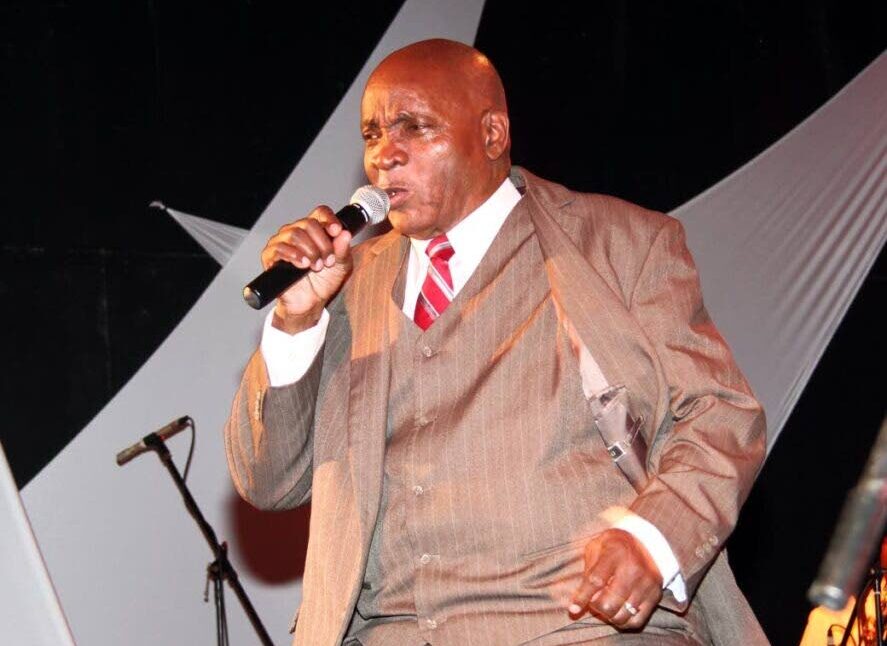
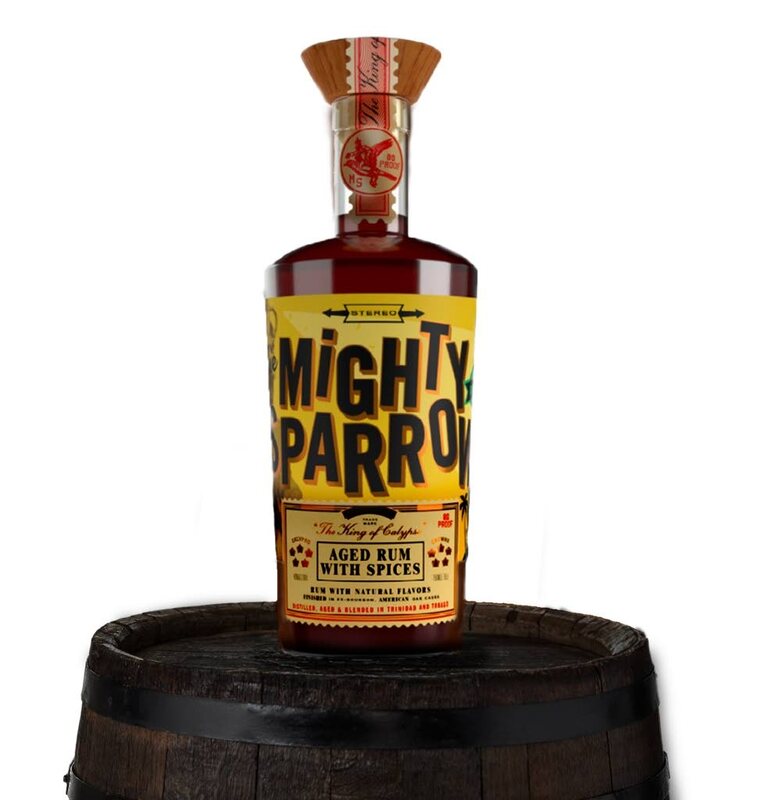
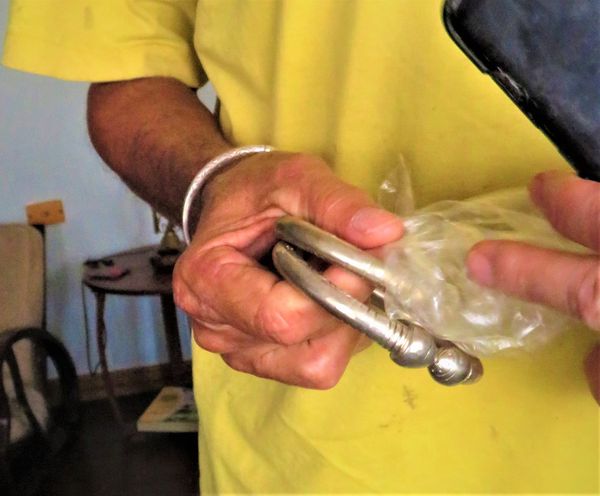
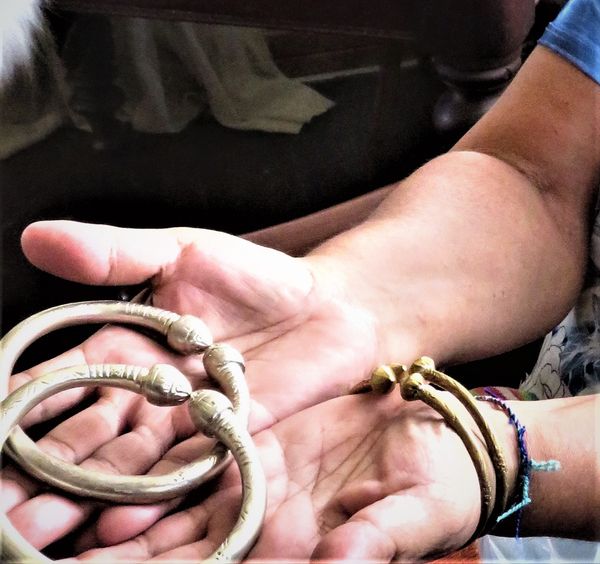

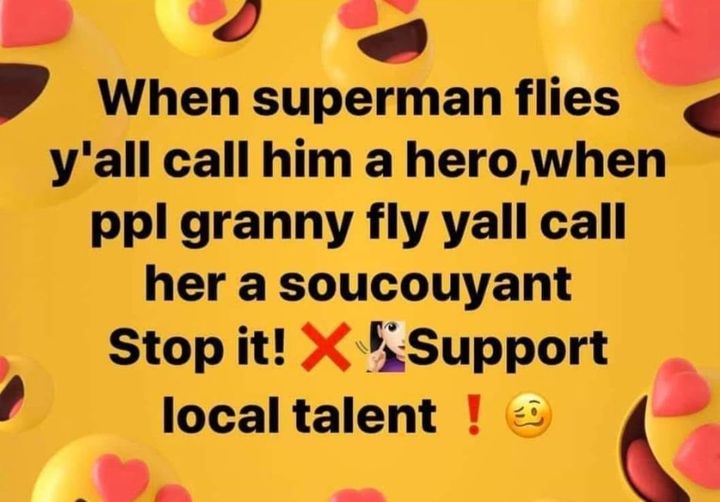

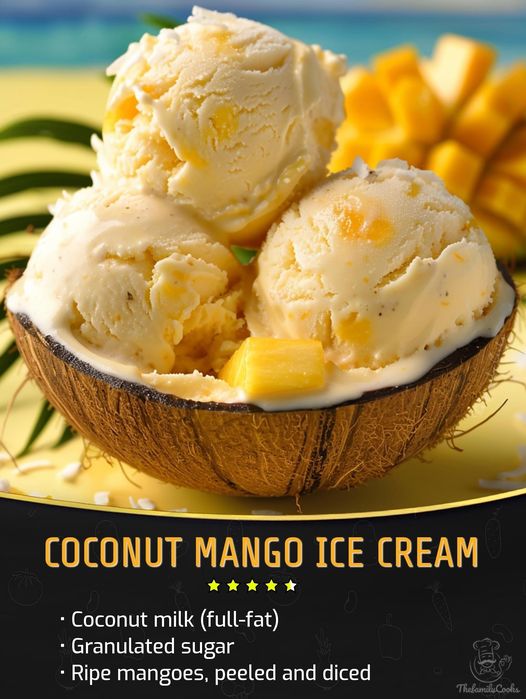
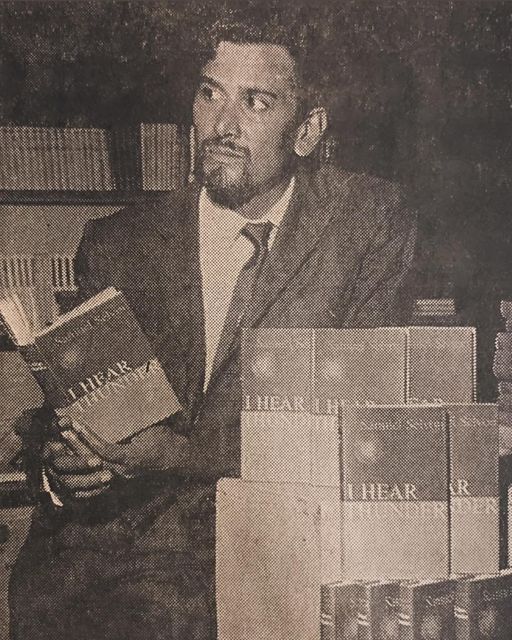

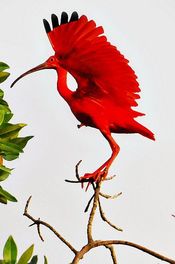
 RSS Feed
RSS Feed